|
I love designing crochet along projects and enjoy turning my inspiration source into crochet motifs for you all to work through. I tend to design my CALs in the same way, intending them to be used as a learning tool to guide you through lots of techniques, so that they start relatively easy and get progressively harder. This project differs to my past CAL projects in that I want to encourage you to release a little of your own design potential to create a unique and personal project. I have designed 12 patterned square blocks along with one plain one, all of which will be shown in alternative colour orders using a palette of 13 yarn shades. You can seek out the shades I have used from your local Stylecraft yarn stockist or purchase a starter pack. Alternatively, you could choose to stash dive and use up some of the yarns you have hidden away in your special place at home! Either way, the emphasis will be on creating a project that suits your style and purpose. You could choose to make a large blanket using 48 crochet squares or you might want to make a smaller one using fewer motifs or fewer repeated blocks. You might want to make a bag, a cushion or a shawl for example. There are endless possibilities and I really hope you will feel inspired to join me on this exciting block a month journey. Getting Started: The monthly block patterns will be published in Inside Crochet magazine over 12 issues from January 2023. You can find a great deal for digital download copies here and paper copies of the magazine here. Please note that the patterns will only be available in the magazine and that they might not be released in the same format once the CAL is over. If you fancy having a go at making a project using my monthly blocks it is important that you read through the following information to ensure that you have all that you need and that you understand the fundamental techniques needed to complete the project. Doing a little bit of prep now could help you save time and effort later on, especially when it comes to checking your tension. Gather Your Yarns: I used the following yarns: Stylecraft Life DK 75% Premium Acrylic, 25% Wool 298m (326yds) per 100g Aqua (2357) Caramel (2446) Cardinal (2306) Cascade (2308) Cranberry (2319) Copper (2312) French Blue (2447) Oatmeal (2303) Olive (2302) Parchment (2445) Stylecraft ReCreate DK: 100% Recycled Polyester 350m (382yds) per 100g Avocado (3189) Blush (3458) Rose (1945) If you want to find a ‘starter pack’ of yarn, which includes one ball of all those listed above, then checkout the list of Stylecraft stockists here. If you want to use yarns you already have in your stash, you will need to find DK weight yarns. I used 13 shades, some of them were used in very small amounts, whilst others are used more often. In my blanket, 7 of the shades used one ball of yarn, 5 shades used two balls and 1 shade used three balls, so I had a combined number of 20 x 100g balls. I really want to encourage you to use some yarns that you already have, but if you don't have a stash of yarn a good plan might be to source extra balls of yarn as you go along, especially as dye lots will not really matter. At this stage I don't really want to release the details of my yarn usage as you might decide to create a blanket with a different layout to mine or you may choose an alternative border for example, but it might be helpful for you to know that I used more of the following shades: Avocado (3189) Cranberry (2319) French Blue (2447) Oatmeal (2303) Olive (2302) Parchment (2445) It is my advice that you keep hold of all your yarn until the end of the project – by this I mean all the pieces you might undo and any pieces that look a bit frayed. Don’t be tempted to use any of the yarn for any other project until you have completed this one and make sure you keep everything in a safe place. Equipment: 3.5mm (US E4), 4mm (US G/6) & 4.5mm (US 7) hooks – please see notes on tension below. Knitters sewing needle Stitch Markers Measurement: Blocked measurement: Approximately 115cm x 155cm Pattern Notes: Tension: Crochet is by nature an organic and creative process – it is wonderful to pick up some yarn and a hook and create motifs and decorative pieces that eventually make up a larger project. Many crocheters are used to doing just this without thinking too much about how big their pieces come up and whether things are being worked to the correct tension. However, it is REALLY important that you check your tension before starting this project and that you do so regularly as you work through it. Changes in tension could mean that the size and drape of your shawl differs to mine and that you will use more or less yarn. How to achieve the correct tension: Many crocheters simply assume that they will achieve the correct tension. This is a totally logical conclusion to make; after all, the information on the ball band or within the pattern is based on what the ‘standard’ tension is. In practice, however, many crocheters do not naturally attain the correct tension and therefore do not achieve a tension that sits within the ‘standard’. Working a tension piece: Once you have your yarn and the correct hooks you are ready to work your tension pieces. Spending an hour or 2 to work these blocks can seem like a waste of time, but it is REALLY important that you are sure you are working to the same tension as the patterns are written for. When working a tension piece it is a good idea to work on more stitches and rows that the suggested tension. I used 24 stitches for both samples. The tension is taken from pre-blocked swatches. It is really important that you measure your tension to at least 10cm when working the test swatches – if in doubt measure over a larger piece, say 15cm or even 20cm just to be sure. Putting the groundwork in at this stage can save you a lot of heartache later on. I have measured the tension over samples made using Stylecraft Life DK. The pre-blocked tension you are aiming for is as follows: Double Crochet (US single crochet) using 4mm hook = 20/21sts & 24 rows to 10cm (4in). Treble Crochet (US double crochet) using 3.5mm hook = 19/20sts & 10 rows to 10cm (4in). How to make your double crochet (US sc) tension sample: Using 4mm hook make 25ch. Foundation Row: skip 1ch, 1dc into each ch to end, turn. (24sts) Row 1: 1ch (does not count as a st), 1dc into each st to end, turn. (24sts) Repeat last row until a total of 26 rows have been worked (including foundation row). Lay your sample on a flat surface. Using a tape measure place pins 10cm (4in) apart along a central row (horizontally) and count the stitches between the pins Stitch tension should be = 20/21 sts Using a tape measure place pins 10cm (4in) apart along the central point of the swatch vertically and count the rows between the pins Row tension should be = 24 rows If you have achieved a tension different to this, then take a look at the advice a little further down. How to make your treble crochet (US dc) tension sample: A size smaller hook is used to achieve the treble crochet (US double crochet) tension compared to the double crochet (US single crochet) tension. This is because the space between stitches grows depending on the length of the post of the stitch. Using 3.5mm hook make 26ch. Foundation Row: skip 3ch (counts as 1tr), 1tr into each ch to end, turn. (24sts) Row 1: 3ch (counts as a 1tr), skip st at base of 3ch, 1tr into each st to end working final st into 3rd ch of 3ch made at beginning of last row (tch), turn. (24sts) Repeat last row until a total of 12 rows have been worked (including foundation row). Lay your sample on a flat surface. Using a tape measure place pins 10cm (4in) apart along a central row and count the stitches between the pins. Stitch tension should be = 19/20 sts Using a tape measure place pins 10cm (4in) apart along the central point of the swatch vertically and count the rows between the pins. Row tension should be = 10 rows What to do when you have achieved a different tension to the pattern: If you have done your tension pieces and achieved more stitches and rows to 10cm (4in) this means you are working too tight. Rather than trying to change your crochet method by consciously crocheting looser, simply change up to a size larger hook. If you are still too tight then try another size larger. Make a note of how many sizes you have had to change by so that you are sure to make the swap for each of the hook sizes. If you have done your tension pieces and achieved fewer stitches and rows to 10cm (4in) this means you are working too loose. Rather than trying to change your crochet method by consciously crocheting tighter, simply change down to a size smaller hook. If you are still too loose then try another size smaller. As above, make a note of how many sizes you have had to change by so that you are sure to make the swap for each of the hook sizes. Pre-blocked and Blocked Tension: The measurements given in the pattern are for pre-blocked sizes throughout. Measuring to a pre-blocked size rather than a blocked size is more accurate as you could over stretch your work in the blocking process. Once the project is complete, I advise you to wash and block your project before using it. This process will alter the tension slightly and will make the yarn appear smoother and the drape will improve. It is advisable to use a colour catching sheet when washing your project too, especially if using yarns from different ranges. Factors that can affect your tension: Many things can make a difference to the tension you achieve. I have listed 5 of the most common below: 1. Your level of expertise: If you are a newcomer to the craft of crochet you may well find that your crochet tension will change as your ability improves. When launching into a project like this it is worth making sure you have put in enough ground work to ensure that you are working in the right way and that you have the ability to work consistently. 2. Your mood or situation: If you are a bit stressed or have had a bit of a tough day you may find your crochet tension is affected. Equally, having a few glasses of wine or watching a funny or enthralling movie whilst crocheting can also cause your tension to differ. As a general rule try to crochet in the same kind of situation whenever possible to ensure that everything stays as it should. 3. Hook size: Make sure you are using the correct size hook. For most of the project you will be asked to use a 4mm (US G/6) hook. Please check that you have not mistakenly used a UK 4 (imperial size) or a US 4 or 4/E. 4. Number of stitches: It is quite common to achieve the correct tension on a swatch only to find that it is not correct over a larger piece. This is because tension can change as we relax into the rhythm of a repetitive crochet action. Measure your tension at all the places I ask you to within the pattern just to be sure you are continuing to work at the correct tension. Having trouble with your tension over treble crochet (US double crochet)? Look at the way you work the stitch: Because of the nature of a treble crochet (US double crochet) it is common to find variances in stitch length and width even if the correct hook has been used in relation to the one used to achieve the correct tension over double crochet (US single crochet) When we make a treble crochet (US double crochet) we wrap our yarn around the hook first and then work 3 movements, drawing yarn loops through others to create the stitch. The tension achieved over each of these movements and the angle at which we hold our hook can have an impact on the tension of each step of the stitch. Why you need to change hook size when you are told to: The reason you will need to change hook size is to do with the tension achieved over different stitches. When you make a fabric using a dense stitch like double crochet (US single) you have very little room between the posts of your stitches, whereas when you work with stitches that have a longer post, such as treble crochet (US double) the space between the posts of the stitches gets bigger. I recommend the use of a 4mm (US G/6) hook for the majority of the crochet within this project, but there are places where you will need to swap down to a 3.5mm (US E/4) or up to a 4.5mm (US 7). As a general rule, look out for hook changes when working treble crochet (US double crochet) and slip stitches. Changing hook sizes can be a bit of a pain, but it is made easier if you have colour coded hooks – even a dab of different shades of nail polish on your crochet hook handles can make the process of identifying hooks easier. Substituting yarn: If you are substituting yarn it is important that you find one that achieves the correct tension and has enough metres of yarn on the ball – don’t assume that every 100g ball of yarn has the same length! Most yarns on the market fall into set categories according to their weight. In the UK we have the following standard weights: 1, 2, 3 & 4ply, DK (double knitting), Aran and Chunky. The yarns used within this design are all DK weight. Yarns within each weight category should conform to the same standards, one of which is the suggested knitted or crocheted tension. Most ball bands will show you the suggested tension for knitting which is 22 stitches and 30 rows measured over 10cm [4in]. Yarns sit within the categories to make it easier to ensure that things come up the right size. This is especially handy when substituting yarn, as, in theory, a DK weight yarn should achieve more or less the same tension regardless of brand or yarn content. The ball band on the yarn will give you the suggested tension and also a needle or hook size that this tension is to be achieved on. For a standard weight DK this is usually a 4mm (US G/6) knitting needle or crochet hook. I am incredibly pleased with the motifs I have designed and hope that you like them too. I am really looking forward to seeing how you will interpret my blocks and hope that some of you will embrace the idea of creating a unique project. However, if you want to follow my patterns using my suggestions on yarns and colours then I also hope that you will also enjoy yourself!
Comments are closed.
|
AuthorWelcome to my blog. Here you will find my email newsletter archive alongside any other general musings or information about events or new pattern releases that I wish to share with you! Archives
June 2024
Categories
All
|
Services |
Contact us |
|

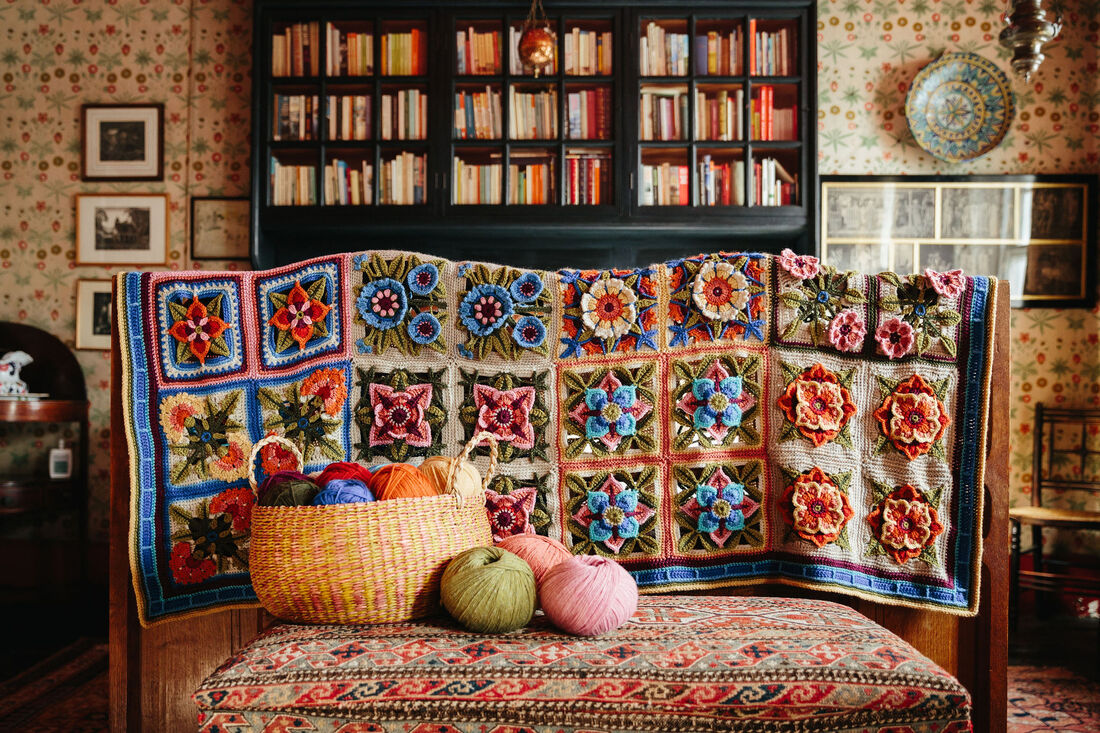
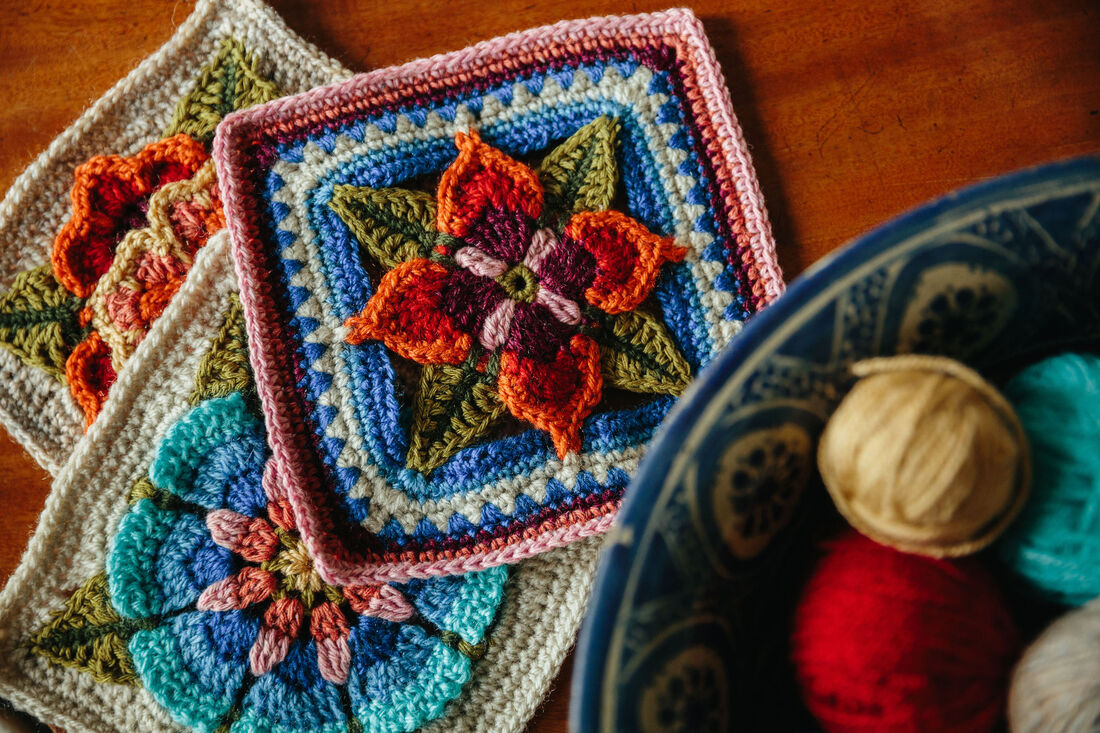
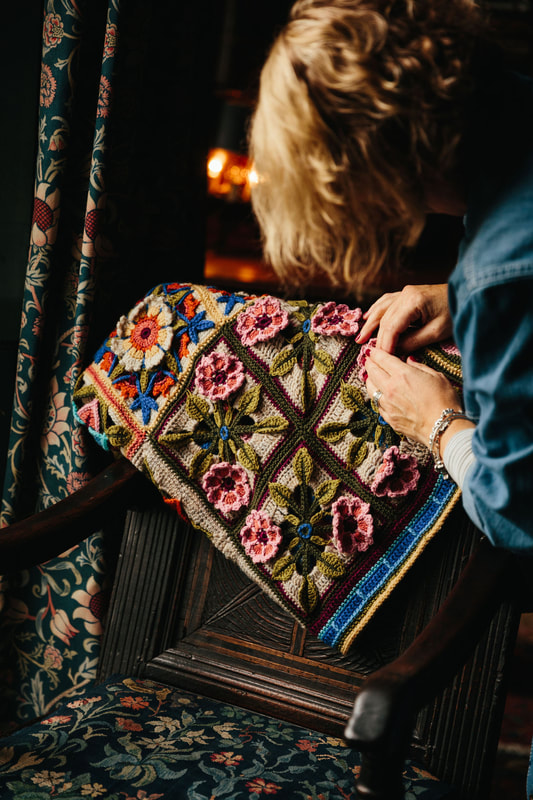
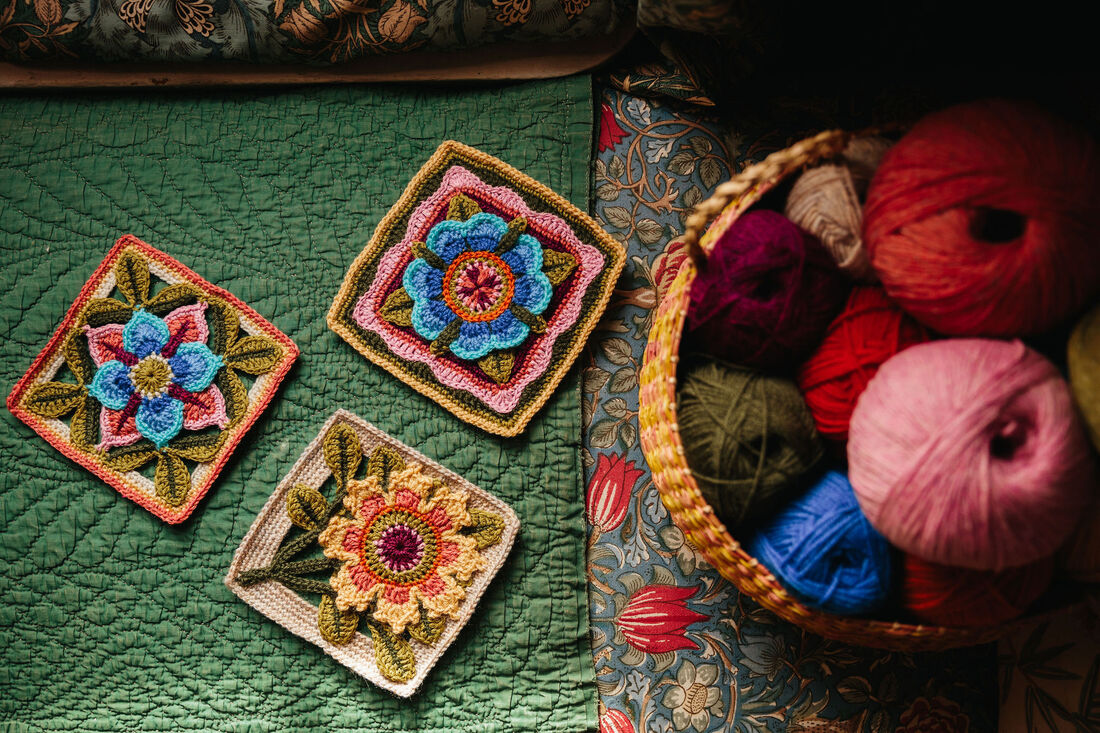
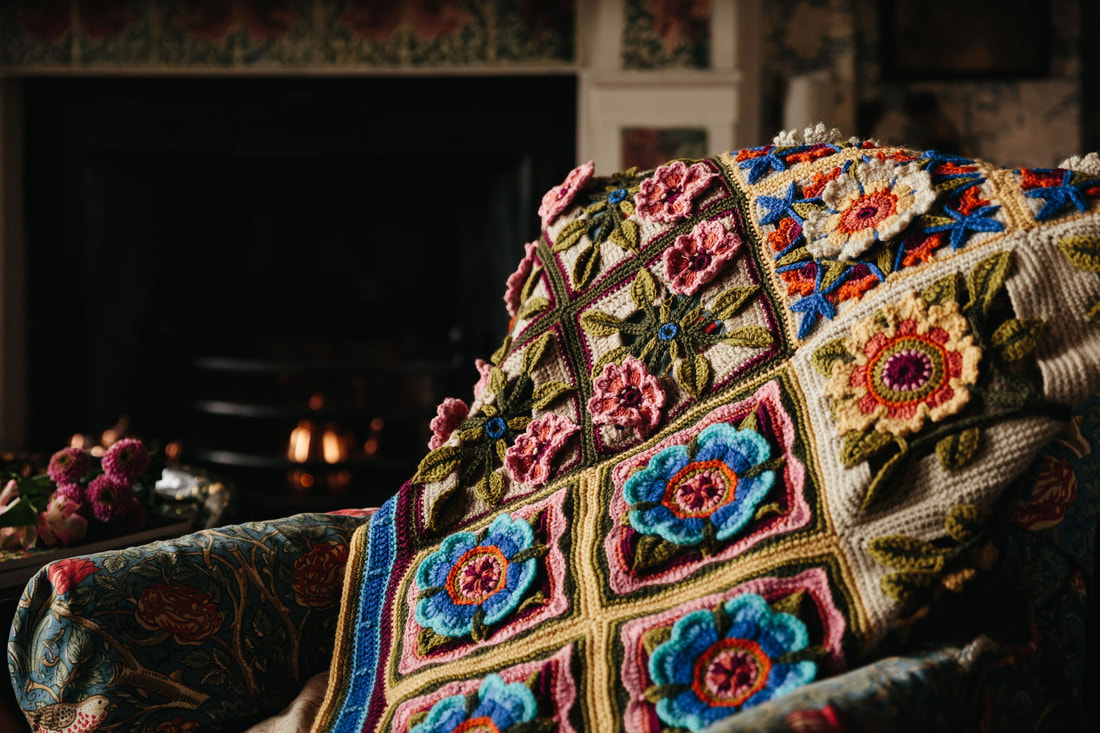
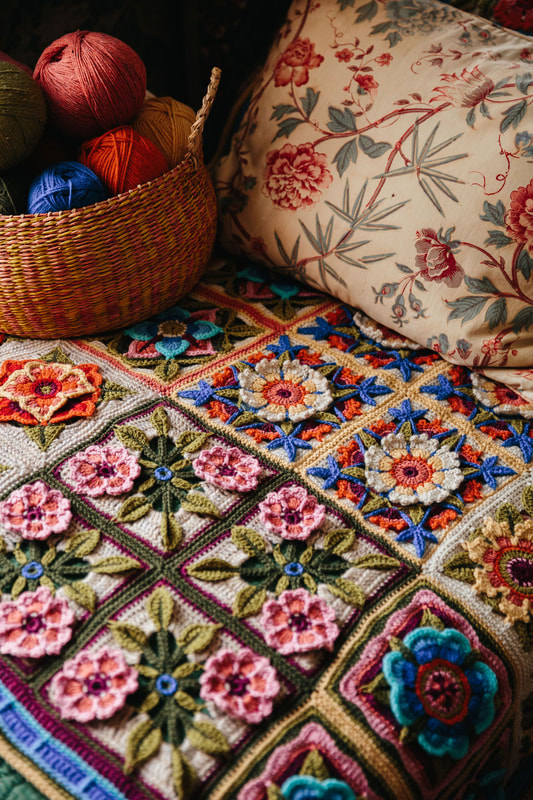
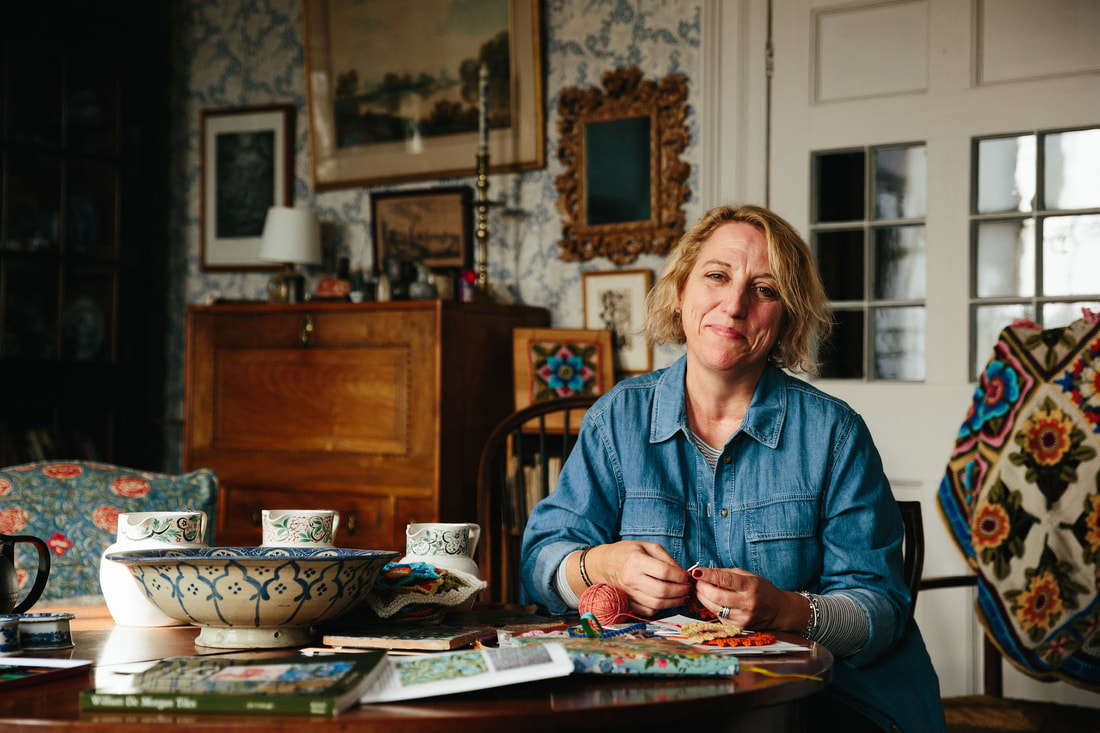


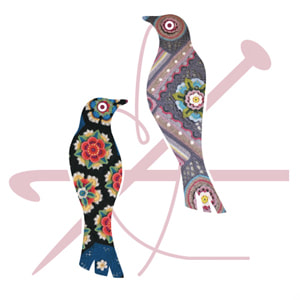
 RSS Feed
RSS Feed